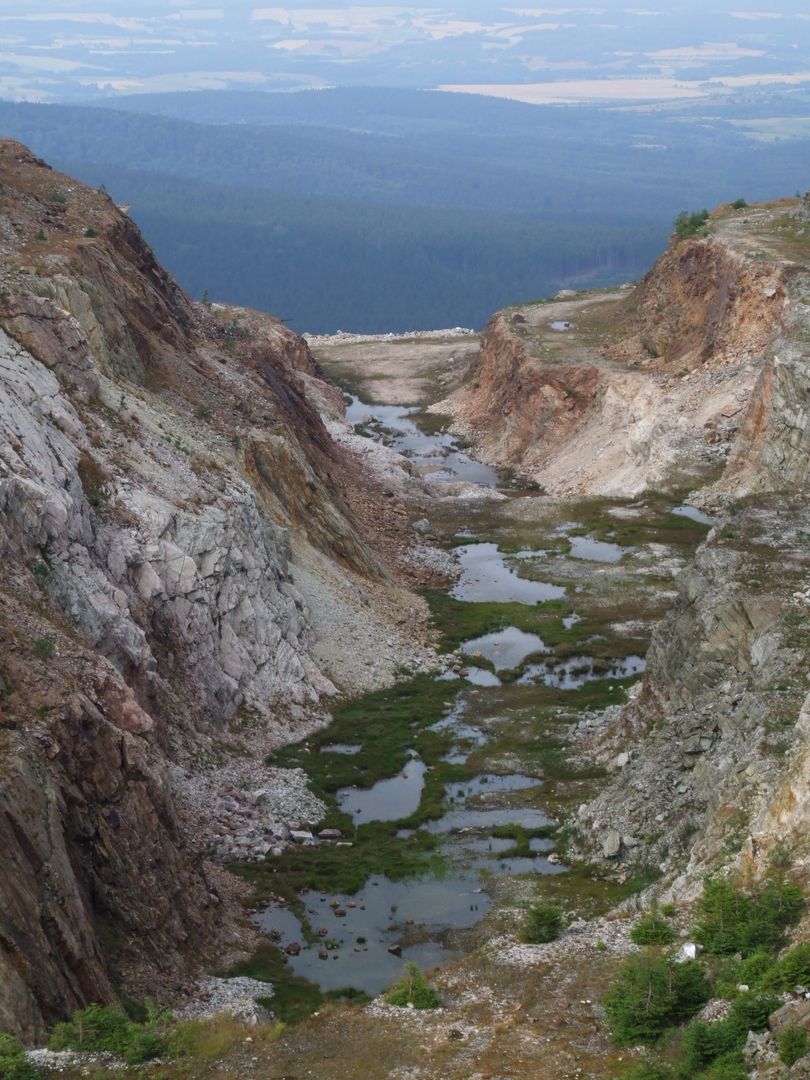Stanisław Quartz Mine
7.28

Overview
The "Stanisław" Quartz Mine is an open-pit mining facility located on the Izerskie Garby in Szklarska Poręba, in southwestern Poland, at an altitude of 1,050 meters above sea level. It is the highest-situated facility of its kind in Central Europe. Its history dates back to the 13th century, when quartz deposits were already being exploited in the area. Mining expanded in the 20th century, especially after 1902, when the arrival of the railway facilitated the transport of raw materials. In the 1950s, the mine was reorganized into a new structure, and after the systemic transformation in the 1990s, it began to face financial difficulties. Quartz extraction involved various types of the material, including ceramic, semi-ceramic, and metallurgical quartz, characterized by a very high silica content. Within the deposit, other minerals such as pyrite, fluorite, amethyst, and tourmaline can be found, with the largest milky quartz crystals reaching several dozen centimeters in length. The presence of wollastonite and zeolites is also noteworthy, indicating the geological diversity of the area. Although mining is no longer conducted today, the mine site has been partially cleaned up, and the industrial remnants have lost their significance. The "Stanisław" Mine is important not only from an industrial perspective but also as a historical and geological site, serving as a popular destination for mineral enthusiasts and tourists who can admire unique quartz crystal specimens.
Location
2025 Wizytor | All Rights Reserved